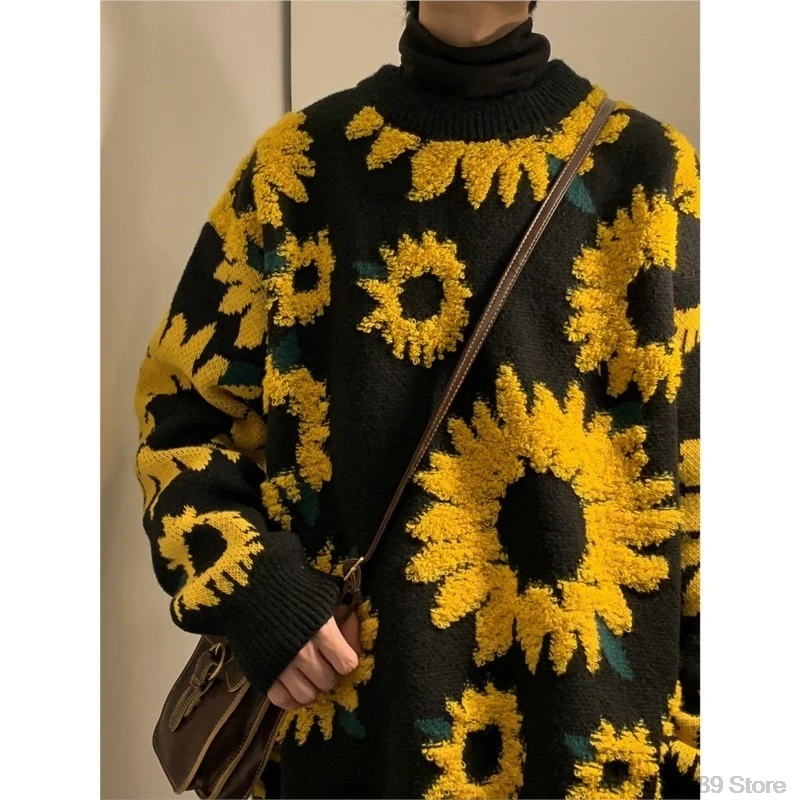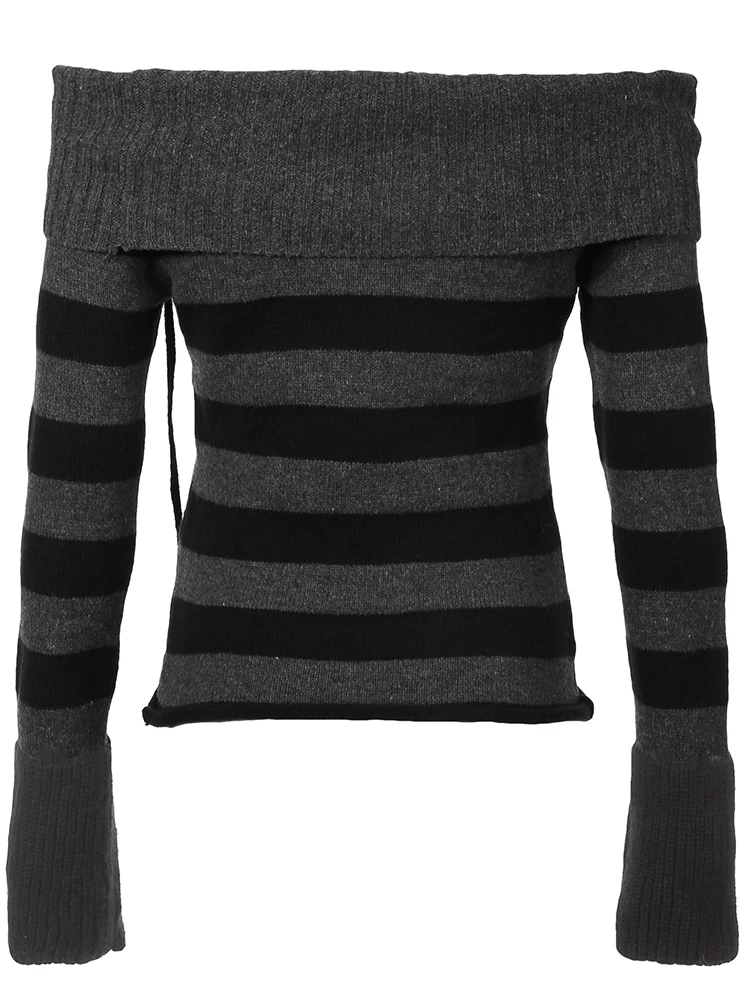Cashmere is treasured for its incredible softness, warmth, and luxurious feel against the skin. However, even the highest quality cashmere garments can develop those frustrating little fuzz balls known as pills. If you’ve invested in beautiful cashmere pieces from Estate Cloth, understanding why this happens and how to address it will help you maintain your garments’ beauty for years to come.
1. Understanding Cashmere Pilling: What Is It and Why It Happens
Pilling refers to the formation of small, fuzzy balls that appear on the surface of fabrics. These little balls, or “pills,” form when loose fiber ends break and tangle together during normal wear and use.
It’s important to understand that pilling is a completely natural process that affects virtually all knitted textiles, especially those made from natural fibers. Even the highest quality cashmere will experience some degree of pilling – it’s simply part of owning and wearing these luxurious garments.
What makes cashmere particularly prone to pilling is the nature of its fibers. Cashmere fibers are incredibly fine, typically measuring just 14-16 microns in diameter (for comparison, human hair averages between 70-100 microns). This exceptional fineness is what gives cashmere its renowned softness, but it also means the fibers can more easily work loose and form pills when subjected to friction.
When examining your cashmere, pilling typically appears as small balls of fiber that protrude from the fabric surface, creating an uneven texture that can detract from the garment’s appearance and feel. The good news is that understanding the styling tips for cashmere cardigans and proper care techniques can help minimize this natural occurrence.
The quality of cashmere plays a significant role in how much a garment will pill. Higher-quality cashmere from premium sources, such as what you’ll find in cashmere origins and quality guides, tends to be more resistant to excessive pilling, though some initial pilling remains normal.
2. The Science Behind Cashmere Pilling: Why Your Luxury Sweater Develops Pills
Friction and Abrasion
The primary cause of pilling is friction. During everyday wear, your cashmere garments experience constant rubbing against various surfaces. High-friction areas include underarms, elbows, and cuffs where your arms naturally rub against your body. External sources of friction also contribute significantly – think about how your sweater rubs against seatbelts, crossbody bag straps, desk edges, and other rough surfaces throughout the day.
Every time these friction events occur, tiny fibers can break loose from the main yarn structure, creating the foundation for pills to form. Over time, these loose fibers tangle together and create the characteristic fuzzy balls we recognize as pilling.
Fiber Quality and Length
Not all cashmere is created equal, and fiber characteristics dramatically impact pilling tendencies. Shorter fibers (under 36mm in length) are much more prone to working loose and creating pills. This is why higher-grade cashmere, with longer fiber lengths exceeding 36mm, typically demonstrates better resistance to pilling.
Grade A cashmere, featuring fibers under 16 microns in thickness and exceeding 36mm in length, provides the best combination of softness and durability. Understanding cashmere ply and thickness can help you select pieces that will better resist pilling over time.
Yarn Construction
The way yarn is constructed significantly impacts how prone it will be to pilling:
- Looser spins allow more fiber migration, increasing pill formation
- Single-ply yarns generally pill more easily than multi-ply yarns
- Different knit structures offer varying degrees of pilling resistance
Tightly knit, multi-ply cashmere typically offers better resistance to pilling, though it may have a slightly different hand feel than looser knits.
Normal Wear Process
Many cashmere owners are concerned when they notice pilling after just a few wears, but this is often part of the natural “breaking in” process. During initial wear, excess loose fibers that weren’t fully integrated during manufacturing will work their way to the surface. This initial pilling is normal and usually subsides after the first few wears and proper care cycles as the fabric stabilizes.
3. Prevention: How to Minimize Cashmere Pilling Before It Starts
Proper Wearing Habits
- Implement rotation: Allow cashmere garments to “rest” at least 24 hours between wears to let fibers recover their shape and resilience.
- Be mindful of friction points: Pay attention to how bags, belts, and rough surfaces interact with your cashmere.
- Choose complementary layers: Avoid wearing rough fabrics directly against your cashmere items.
- Consider protective measures: For high-friction situations, consider protective layers between your cashmere and the friction source.
Washing and Care Techniques
Proper washing is crucial for maintaining cashmere and minimizing pilling. The ultimate guide to cashmere care offers comprehensive instructions, but here are the essentials:
- Always use cold water (under 86°F/30°C) for washing cashmere
- Select mild, pH-neutral, or cashmere-specific detergents only
- Wash after 2-3 wears or when visibly soiled, but not excessively
- Soak gently for 10-15 minutes without agitation or rubbing
- Rinse thoroughly but gently until water runs clear
- Never twist, wring, or scrub the fabric during washing
Drying Methods
- Lay garments flat on a clean towel, reshaping while damp
- Roll the towel with the garment inside to remove excess water
- Transfer to a fresh, flat surface for complete air drying
- Ensure good air circulation around the garment
- Never hang cashmere as it will stretch from its own weight
- Avoid direct sunlight or heat sources while drying
Storage Solutions
- Always fold cashmere rather than hanging it
- Store in breathable containers or fabric bags
- Use natural moth deterrents like cedar or lavender
- Ensure garments are completely clean and dry before storage
- Avoid overcrowding which can create unwanted friction
Quality Selection Tips
Investing in quality cashmere from the beginning can significantly reduce pilling issues. When shopping for cashmere sweaters, look for:
- Higher ply numbers (2-ply or greater for everyday wear)
- Tighter, more consistent knitting patterns
- Grade A cashmere specifications
- Reputation for quality manufacturing processes
- Proper weight for intended use (heavier weights often pill less)
4. Assessment: Determining When and How to Address Pilling
Before tackling pills, it’s important to assess the condition of your cashmere properly. Place your garment on a flat surface in good natural light. Gently smooth the fabric and examine the surface for pills, paying special attention to high-friction areas.
Pilling Severity Levels
| Severity | Characteristics | Recommended Action |
|---|---|---|
| Light | Small, scattered pills primarily in friction areas | Routine maintenance during regular care |
| Moderate | Noticeable pills across larger areas but not affecting appearance significantly | Scheduled de-pilling every few wears |
| Heavy | Dense concentration of pills affecting appearance and feel | Immediate attention required |
| Excessive | Unusual amount of pilling after minimal wear | May indicate quality issues; assess garment construction |
Rather than immediately addressing every small pill that appears, establish a realistic maintenance schedule. Some owners prefer to address pilling after each wearing, while others incorporate de-pilling into their seasonal care routine.
It’s important to distinguish between normal pilling and signs of quality issues. Normal pilling:
– Appears gradually with wear
– Concentrates in high-friction areas
– Decreases after initial break-in period
Excessive pilling that appears immediately or worsens dramatically might indicate issues with fiber quality or garment construction.

5. The Complete Guide to Removing Pills from Cashmere
Preparation for De-pilling
Before beginning the de-pilling process:
- Lay your garment on a clean, flat surface with good lighting
- Smooth the fabric gently to identify all pilled areas
- Test any chosen method on an inconspicuous area first
- Ensure the garment is clean and completely dry
- Have a lint roller or soft brush ready for cleanup
Tool Comparison and Selection
Cashmere Combs/Sweater Combs
Cashmere combs are specifically designed for gentle de-pilling of fine fabrics.
Usage instructions:
* Hold the fabric taut with one hand
* Comb in one direction only, using short, gentle strokes
* Apply minimal pressure, letting the comb’s teeth do the work
* Clean the comb frequently during use to maintain effectiveness
Best for: Routine maintenance and delicate knits
Sweater Stones/Pumice Stones
Natural pumice stones offer a chemical-free way to remove pills.
Application technique:
* Gently glide the stone across the fabric surface
* Use light pressure and small circular motions
* Work in sections across the garment
* Brush away loosened pills between sections
Best for: Medium-weight cashmere with moderate pilling
Electric Fabric Shavers
These battery-operated devices offer efficiency for larger pilled areas.
Usage guidelines:
* Select the highest guard setting initially
* Hold the fabric flat without stretching
* Move the device in smooth, even passes
* Keep the shaver perpendicular to the fabric
* Clean the collection chamber frequently
Best for: Larger areas and heavier pilling situations
Specialized Techniques for Different Garment Areas
- Delicate areas: Use only a cashmere comb with extremely light pressure
- Dense pilling (underarms, cuffs): May require multiple gentle passes
- Large flat surfaces: Electric shavers work efficiently on backs and fronts
- Decorative elements: Avoid de-pilling tools entirely; pick pills carefully by hand
Post-Removal Care
After removing pills:
* Gently brush the garment with a soft cashmere brush to restore the nap
* Use a lint roller to remove any remaining loose fibers
* Allow the garment to rest flat for several hours before wearing
* Consider appropriate cashmere washing techniques at home to help prevent future pilling
The right approach to removing pills will depend on your specific garment. Some brushed cashmere sweaters have an intentionally fuzzy texture and require more gentle handling than traditional smooth cashmere.
Cashmere Wrap Sweaters, Women's Cashmere Pullovers
$75.89 Select options This product has multiple variants. The options may be chosen on the product pageCashmere Cable Knit Sweaters, Women's Cashmere Pullovers
Price range: $111.82 through $112.93 Select options This product has multiple variants. The options may be chosen on the product pageCropped Cashmere Sweaters, Women's Cashmere Pullovers
$155.77 Select options This product has multiple variants. The options may be chosen on the product page- Price range: $102.02 through $109.37 Select options This product has multiple variants. The options may be chosen on the product page
Oversized Cashmere Sweaters, Plus Size Cashmere Sweaters, Women's V-Neck Cashmere Sweaters
$136.87 Select options This product has multiple variants. The options may be chosen on the product page- Price range: $108.11 through $130.03 Select options This product has multiple variants. The options may be chosen on the product page
6. When to Seek Professional Help for Your Cashmere
While most pilling can be addressed at home, certain situations warrant professional attention:
- Extreme pilling that doesn’t respond to gentle home treatments
- Valuable or heirloom pieces where mistakes would be costly
- Garments with complex construction or decorative elements
- Signs of more serious damage beyond simple pilling
- Lack of confidence in your own de-pilling skills
Professional cashmere care services typically offer:
* Specialized tools and techniques not available to consumers
* Comprehensive cleaning along with de-pilling
* Reshaping and proper finishing
* Assessment of overall garment condition
When selecting a professional service, ask about:
* Their specific experience with cashmere
* Methods used for de-pilling and cleaning
* Expected results and timeframe
* Cost structure and guarantees
Consider the value of your cashmere cardigans and other pieces when deciding between professional care and DIY approaches. For investment pieces, professional care can be worth the additional cost.
7. Establishing a Long-Term Cashmere Care Routine
Creating a consistent care routine will extend the life and appearance of your cashmere collection.
Regular Maintenance Schedule
Daily/Weekly:
* Quick visual inspection after wearing
* Gentle brushing with cashmere brush to remove surface dust
* Spot treatment for any small areas of pilling
Monthly:
* Thorough inspection under good lighting
* Targeted de-pilling as needed
* Assessment of overall condition
Seasonal:
* Complete cleaning according to wear frequency
* Comprehensive de-pilling session
* Evaluation for any repairs needed
Integrating Prevention and Treatment
The most effective approach combines preventive measures with appropriate treatment:
* Rotate garments to distribute wear
* Address new pills promptly before they worsen
* Apply preventive care techniques consistently
* Document what works best for your specific items
Storage Transitions
At the end of the season:
1. Clean garments thoroughly
2. Address all pilling before storage
3. Ensure complete drying
4. Store with appropriate moth protection
5. Fold properly to avoid pressure points
Documentation System
Keeping simple records of your cashmere care can be surprisingly helpful:
* Purchase dates and original condition
* Cleaning dates and methods used
* Pilling treatment dates and effectiveness
* Any special care requirements by garment
This approach ensures your women’s cashmere pullovers and other items maintain their beauty throughout their extended lifespan.

8. FAQ: Common Questions About Cashmere Pilling
Does higher price always mean less pilling?
While higher-priced cashmere often uses better-quality fibers that pill less, price alone doesn’t guarantee pill resistance. Construction methods, yarn type, and how the garment is worn and cared for play equally important roles.
Can I use a regular razor to remove pills?
This is not recommended. Regular razors lack the proper guards and can easily cut or damage cashmere fibers. They may remove pills initially but often create more damage that leads to increased pilling later.
Why does my new cashmere pill immediately?
Initial pilling is normal as excess short fibers work their way to the surface during first wears. Quality cashmere typically experiences a break-in period where initial pilling occurs but then stabilizes with proper care.
Does washing make pilling worse?
Proper washing actually helps minimize pilling by removing dirt particles that can cause abrasion. However, incorrect washing with agitation, twisting, or rough handling will significantly increase pilling.
Is pilling always a sign of poor quality?
No. All cashmere will pill to some degree, regardless of quality. Excessive pilling might indicate quality issues, but some pilling is expected even with the finest cashmere. The question of whether cashmere cardigans are worth the investment considers these maintenance aspects as part of ownership.
9. Sustainable Approaches: Why Caring for Cashmere Matters
Proper cashmere care extends far beyond aesthetics—it represents a commitment to sustainable consumption practices:
- Extended garment lifespan reduces the need for replacement, decreasing overall resource consumption
- Quality cashmere properly maintained can last decades rather than seasons
- Each year a garment remains in active use reduces its environmental footprint by approximately 20-30%
- Well-maintained natural fibers biodegrade more effectively at end-of-life
The financial impact is equally significant:
* Cost-per-wear decreases dramatically with proper care
* Investment-quality cashmere maintains resale value when well-preserved
* Routine maintenance costs far less than replacement
By following appropriate cashmere cleaning tips to avoid shrinkage and addressing pilling properly, your luxury garments can become true heirlooms, representing the pinnacle of sustainable fashion through longevity.
10. Is It Worth It? Cashmere Care vs. Synthetic Alternatives
When comparing the maintenance requirements of cashmere against synthetic alternatives, consider these factors:
Cashmere:
* Requires attentive but straightforward care
* Improves in hand feel over time with proper maintenance
* Maintains warmth-to-weight ratio throughout its lifespan
* Offers unmatched comfort and temperature regulation
* Can last decades with appropriate care
Synthetic Knits:
* Generally require less specialized maintenance
* May pill less initially but pills are often harder to remove
* Typically have shorter useful lifespans
* May develop odor retention issues over time
* Often lose shape and insulating properties faster
For most discerning wearers, the time invested in cashmere care delivers returns in longevity, appearance, and wearing experience that synthetic alternatives simply cannot match. The exceptional comfort and performance of well-maintained cashmere turtlenecks and other styles justify the care requirements.
With the right knowledge and a consistent care routine, maintaining cashmere becomes a simple part of enjoying these luxurious garments for years to come.







